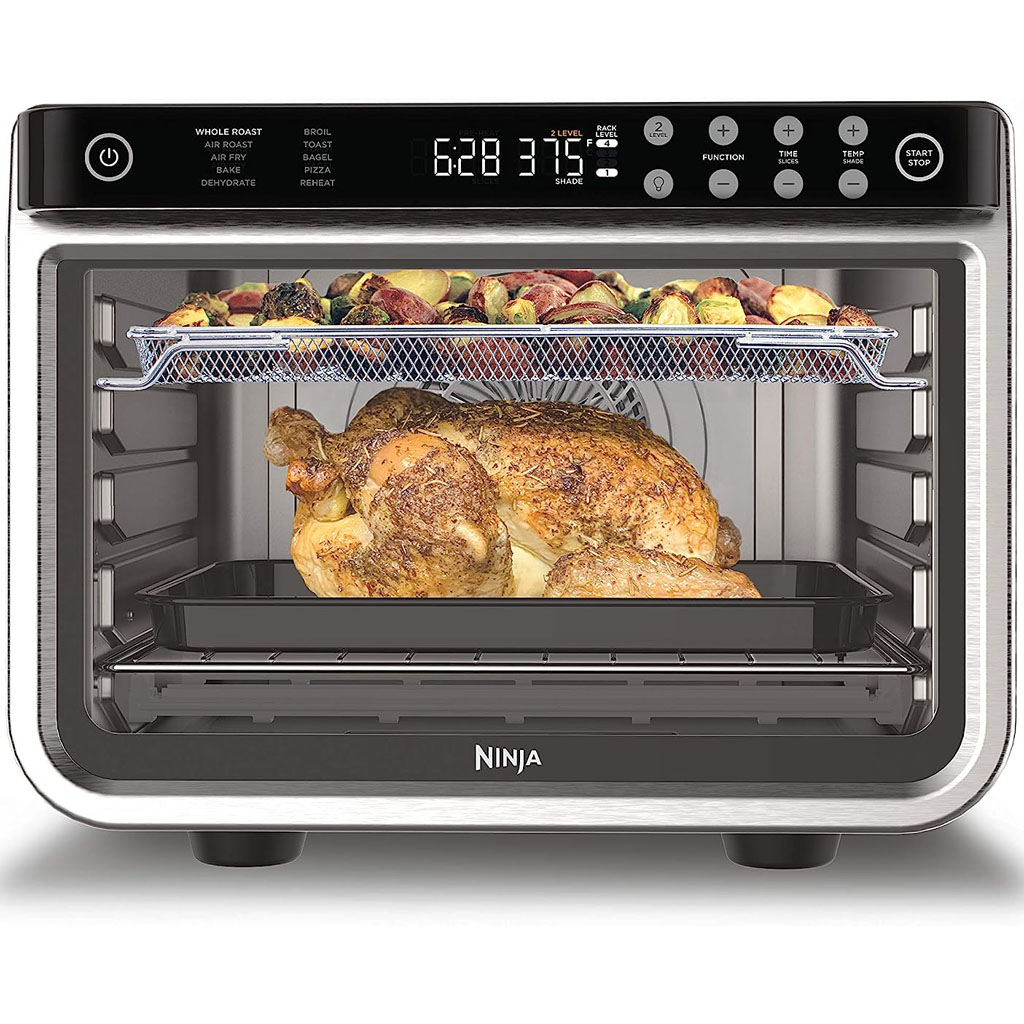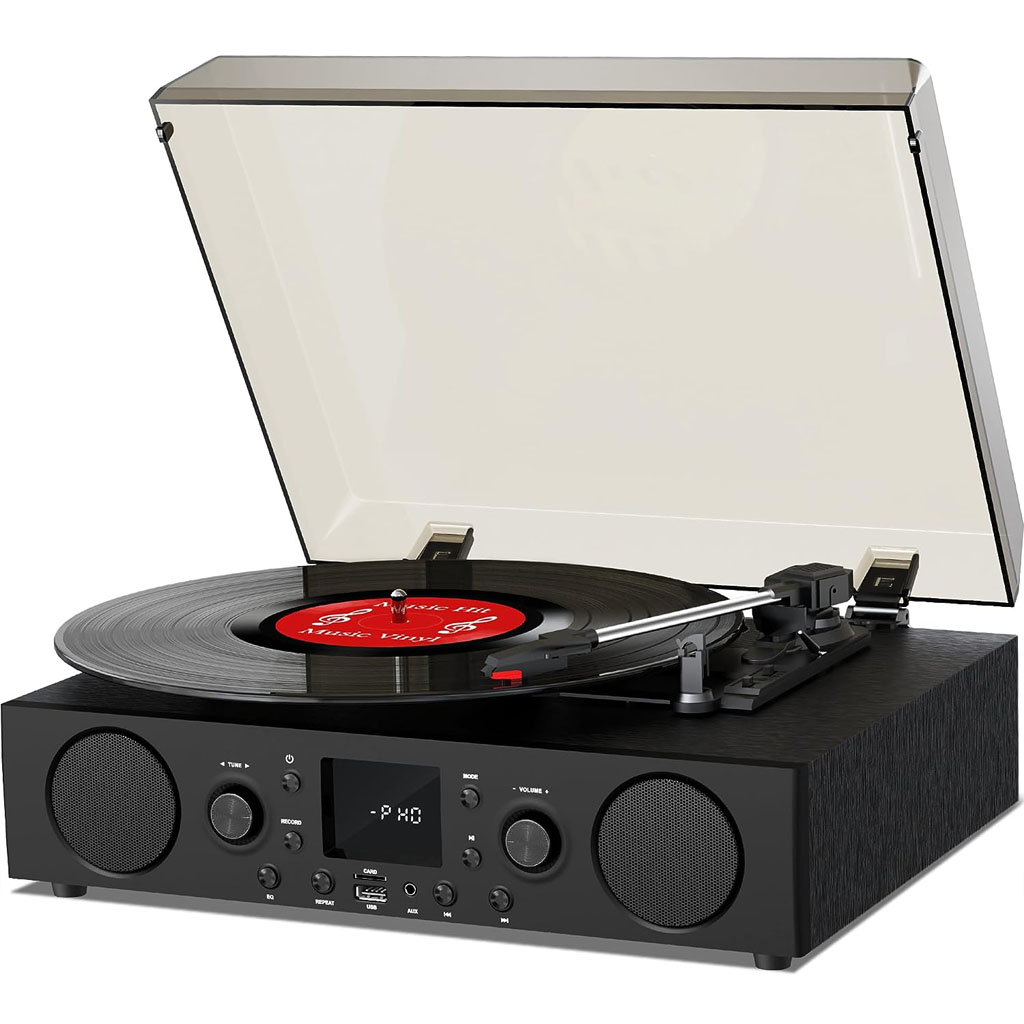
Last Updated | November 8, 2023
Creating data associations, especially many-to-many relationships between entities in Shopware 6, entails establishing connections between two or more entities and setting up the requisite database structures and mappings. Here’s a step-by-step guide on how to go about creating these many-to-many associations within Shopware 6.
Example Scenario:
Let’s consider you want to create a many-to-many association between Products and Categories. One product can belong to multiple categories, and one category can contain multiple products.
-
Create or Identify Entities:
– In our example, you have two entities: `Product` and `Category`. Ensure that these entities are already defined and set up in your Shopware 6 plugin or project.
-
Define the Association:
– Open the entity definitions for `Product` and `Category` (e.g., ProductEntity.php and CategoryEntity.php) in your plugin.
– Inside each entity, define a ManyToMany association property that represents the relationship. This property should be annotated with `ManyToMany` and should specify the target entity and mapping information.
For the `ProductEntity`:
php
/**
* @ManyToMany(targetEntity=”CategoryEntity”, mappedBy=”products”)
* @JoinTable(name=”product_category”)
*/
protected $categories;
For the `CategoryEntity`:
php
/**
* @ManyToMany(targetEntity=”ProductEntity”, inversedBy=”categories”)
* @JoinTable(name=”product_category”)
*/
protected $products;
Here, `targetEntity` specifies the related entity (the opposite side of the association). The `JoinTable` annotation is used to define the intermediate database table name.
-
Generate Migrations:
– After defining the associations in your entities, you need to create migrations to update the database schema. Run the following command to generate the migration:
bash
bin/console system:migration:create
This will create migration files for the database schema changes needed for the many-to-many association.
-
Edit Migrations:
– Open the generated migration files (e.g., `Migration1585821577.php`) in the `src/Migration` directory and define the database schema changes to create the junction table. This table holds the associations between products and categories.
For example, you can create a junction table named `product_category` with columns like `product_id` and `category_id` to establish the many-to-many relationship.
php
public function update(Connection $connection): void
{
$connection->executeUpdate(‘
CREATE TABLE IF NOT EXISTS `product_category` (
`product_id` BINARY(16) NOT NULL,
`category_id` BINARY(16) NOT NULL,
PRIMARY KEY (`product_id`, `category_id`),
KEY `fk.product_category.product_id` (`product_id`),
KEY `fk.product_category.category_id` (`category_id`)
)
‘);
}
-
Run Migrations:
– Execute the migrations to update the database schema:
bash
bin/console system:migration:migrate
-
Update Entity Definitions:
– Update your entity definitions to include getter and setter methods for the new association property (`$categories` in `ProductEntity` and `$products` in `CategoryEntity`).
- Use the Many-to-Many Association:
– With the association established, you can now use it to associate products with categories and vice versa in your code. You can fetch associated categories for a product and associated products for a category.
For example, in a service or controller, you can add products to a category:
php
$category->addProduct($product);
And retrieve associated categories for a product:
php
$categories = $product->getCategories();
That’s it! You’ve successfully created a many-to-many association between Products and Categories in Shopware 6. This approach can be adapted for creating many-to-many associations between other entities in your Shopware 6 project.
Source: https://ecommerce.folio3.com/blog/shopware-6-data-associations/






